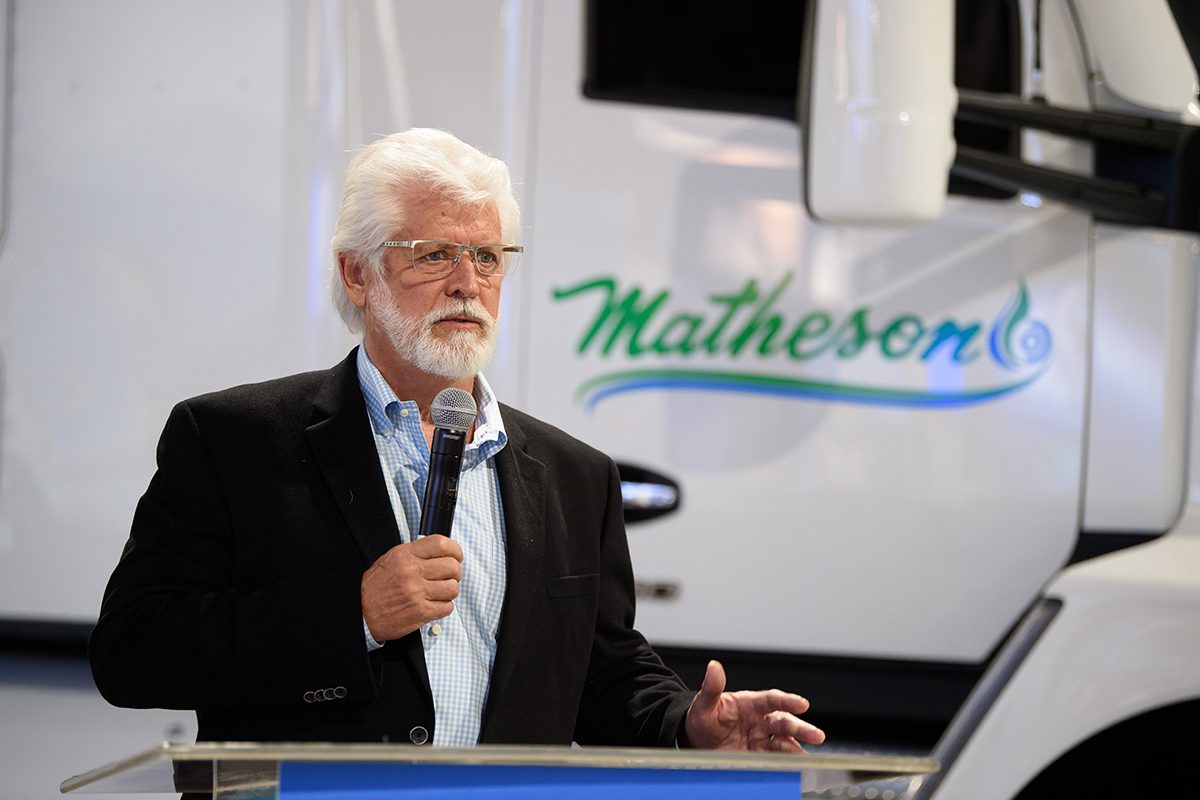According to the California Natural Gas Vehicle Partnership (CNGVP), real-world fleets are increasingly turning to near-zero emission (NZE) natural gas vehicles (NGVs) and carbon-negative renewable natural gas (RNG). During a press conference at ACT Expo 2021, CNGVP representatives touted the move to NGVs by fleets who want to make greater strides towards their sustainability goals.
California’s heavy-duty diesel trucks are the state’s largest single combined source of smog-forming NOx and diesel particulate matter, as well as one of the largest sources of climate-altering greenhouse gas (GHG) emissions, according to the group.
“Today, fleets across California and the nation are investing in commercially available and proven natural gas vehicles, choosing sustainable technology that meets their wide ranging and intensive operational needs while keeping an eye on future opportunities to incorporate electric trucks when they are available and make sense from a cost and performance perspective,” said Ashley Remillard, vice president of legal and government affairs at Hexagon Agility and vice chair of CNGVP.
“Fleets across California and the nation are investing in commercially available and proven natural gas vehicles, choosing sustainable technology that meets their wide ranging and intensive operational needs.”
Matheson Postal Services, which transports mail across the country for the U.S. Postal Service, was on hand, highlighting its fleet of 95 NGVs that haul 78,000-pound loads through diverse terrains, running more than 16.4 million miles annually. Each of Matheson’s natural gas Class 8 trucks runs an average of 185,000 miles per year, providing significant reductions of diesel use, DPM, and GHG emissions.
“Matheson has continued making investments in NZE NGVs because they are reliable and provide the power, range, and performance we need to perform under the rigorous demands of long-haul trucking, pulling heavy loads under challenging conditions and terrains, all while reducing our carbon footprint,” said Mark Matheson, president and CEO of Matheson Trucking, Inc.
Touting its positive economic and environmental results, Matheson announced that it recently placed an order for 40 more CNG trucks, including Kenworth’s CNG-fueled T680 tractors and CNG T680 sleeper-cab tractors, which feature Hexagon Agility’s ProCab 175 and dual ProRail 40 fuel systems. The trucks, which are scheduled to be delivered in late 2021 and early 2022, provide more than 265 diesel gallon equivalent of CNG and more than 1,000 miles of range.
Matheson announced that it recently placed an order for 40 more CNG trucks, including Kenworth’s CNG-fueled T680 tractors and CNG T680 sleeper-cab tractors.
“NZE NGVs are the closest direct replacement for diesel trucks in terms of their ability to quickly refuel via an established network of infrastructure, and in terms of their power and range for both regional and long-haul routes. Most importantly, NGVs enable fleets to compete on a cost-per-mile basis with diesel engines,” said Tom Swenson, business development manager at Cummins and Chair of the California Natural Gas Vehicle Partnership.
Investment in NZE NGVs is even more effective as fleets utilize carbon negative RNG. In Q1 2021, data from the California Air Resources Board’s (CARB) Low Carbon Fuel Standard (LCFS) program revealed that the average annual carbon intensity of compressed natural gas from renewable feedstocks was -16.57gCO2e/MJ, the lowest average of any currently available vehicle fuel. This means that fleet vehicles fueled by RNG in California are helping to remove more greenhouse gas emissions from the atmosphere than any other alternative fuel available, and ultimately help to eliminate the climate impact of these heavy-duty vehicles.



